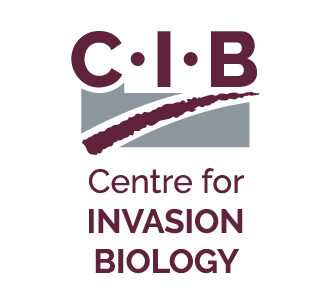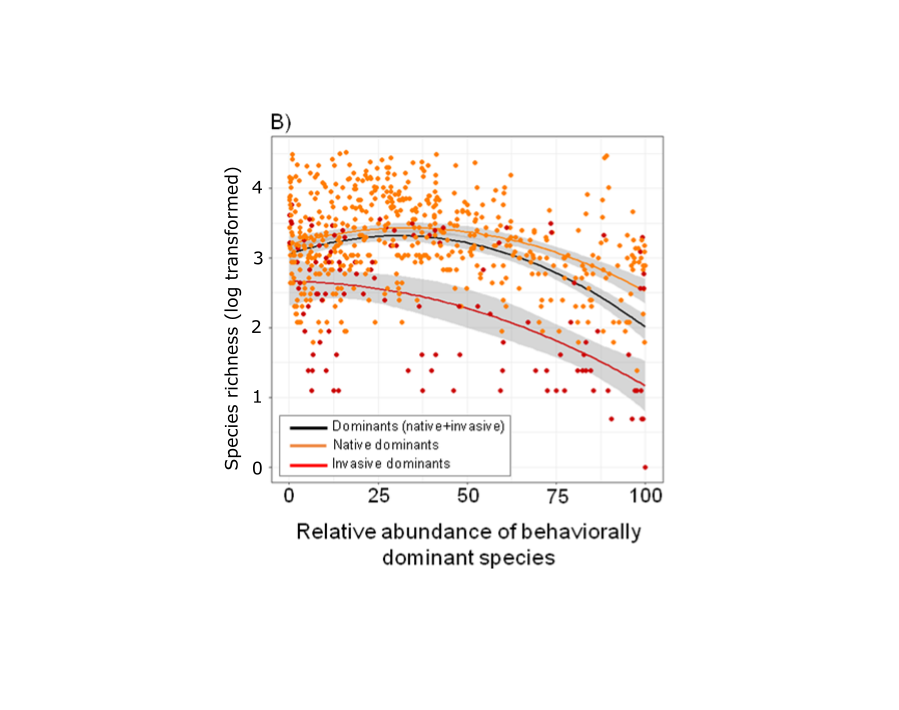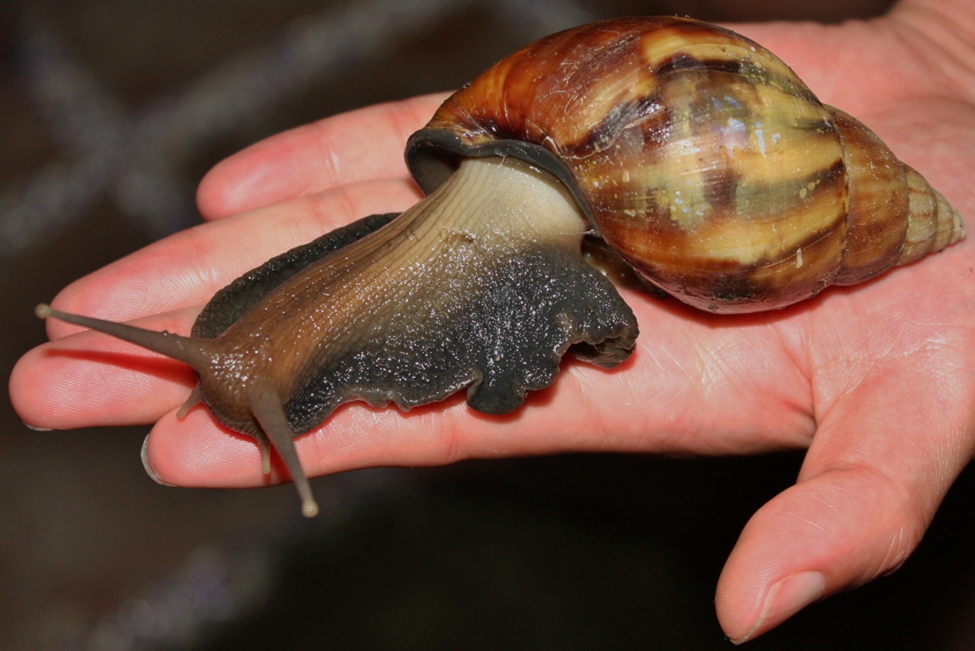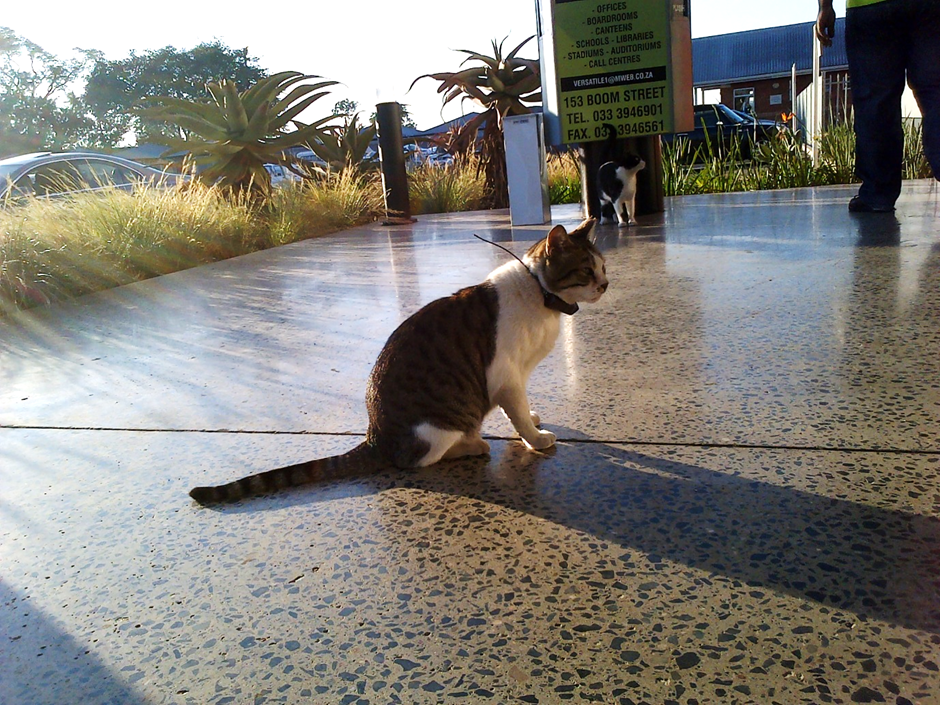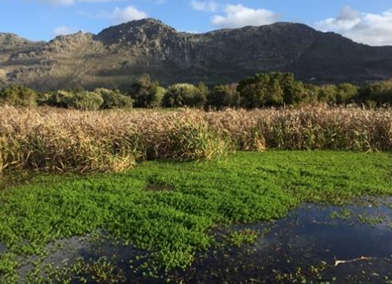The dominance-diversity relationship in ants
A recent study by a team of international researchers, including former C·I·B post-doctoral associate, Tom Bishop, has shown that invasive dominant ant species have different effects on the diversity of the wider ant community than native dominant species.
